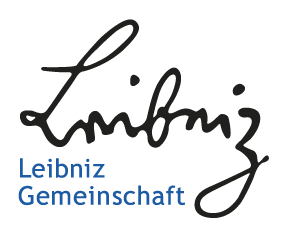The Future of Scholarly Communication Survey: Preliminary Findings
Compared to the dramatic transformations of other publishing and communication domains, scholarly communication has not changed much over the last decades and centuries. To what degree are researchers satisfied with the current situation? In order to explore this topic, TIB – Leibniz Information Centre for Science and Technology launched a survey on information flows in science.
The survey was jointly created by the Knowledge Infrastructures Research Group (Dr. Markus Stocker) and the Learning and Skills Analytics Research Group (Dr. Gábor Kismihók and Olga Lezhnina) of the Data Science & Digital Libraries Research Group (Prof. Sören Auer). It is based on the framework introduced in the Report of the Expert Group to European Commission (https://doi.org/10.2777/836532).
The participants were asked to rate various aspects of scholarly communication in their discipline on Likert scale from 1 = very poor to 5 = excellent (recoded on a 0 to 4 scale). The survey is active, and participants are still welcome to complete it. However, we can already share some preliminary findings based on 88 complete responses.
Most respondents (65.5%) had doctoral degrees, and their research experience varied from 1 to 30 years.
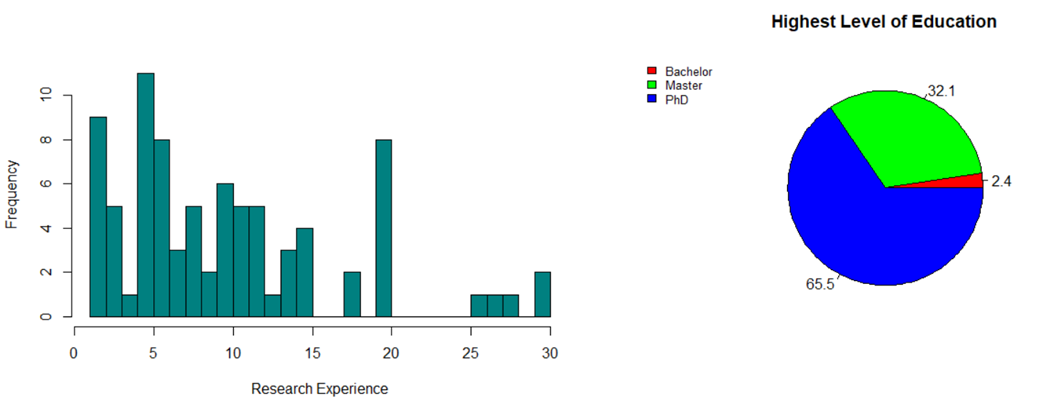
The participants worked in the domains of engineering, physics and mathematics, life sciences, social and behavioral sciences, arts and humanities.
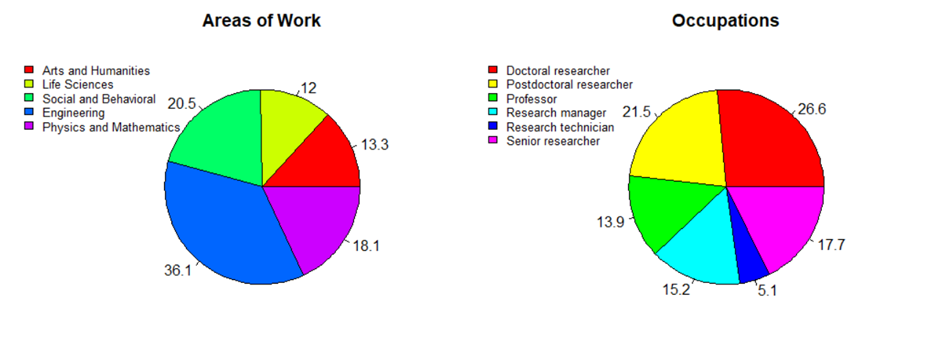
The average scores indicate how the respondents evaluated various aspects of scholarly communication in their domains.
| How would you rate … | ||
| Q1 | The ease of access to published articles in your discipline | 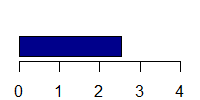 |
| Q2 | The findability of articles in your discipline |  |
| Q3 | The usability of interfaces for search of articles in your discipline | 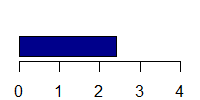 |
| Q4 | The machine readability of articles in your discipline | 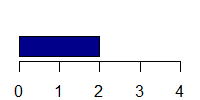 |
| Q5 | The availability of interactive content (e.g., visualizations) in articles in your discipline | 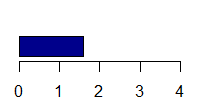 |
| Q6 | The availability of additional materials (e.g., data, video, software, etc.) in articles in your discipline | 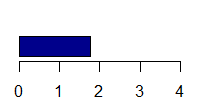 |
| Q7 | The availability of open research tools (e.g. software) in your discipline | 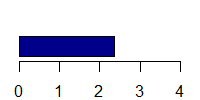 |
| Q8 | The uptake of open research tools in your discipline | 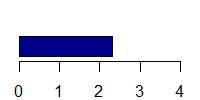 |
| Q9 | The equality of access to published papers in your discipline for advantaged and disadvantaged groups | 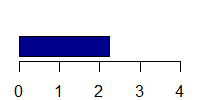 |
| Q10 | The diversity in scholarly communication in your discipline | 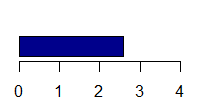 |
| Q11 | The inclusivity in scholarly communication in your discipline | 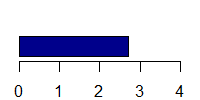 |
| Q12 | The ease of building of collaborative research in your discipline | 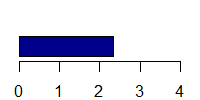 |
| Q13 | The sustainability of collaborative research in your discipline | 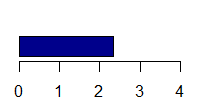 |
| Q14 | The quality of research in your discipline | 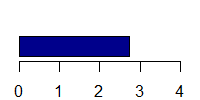 |
| Q15 | The research integrity in your discipline | 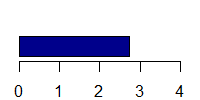 |
| Q16 | The quality of peer review in your discipline | 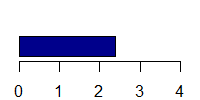 |
| Q17 | The usefulness of researcher metrics in your discipline | 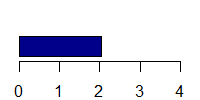 |
| Q18 | The adaptability of scholarly infrastructure to your discipline | 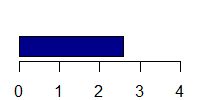 |
| Q19 | The adaptability of your discipline to technological innovations | 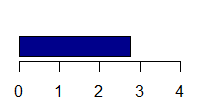 |
| Q20 | The cost transparency of the publication process in your discipline | 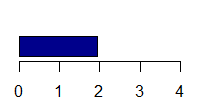 |
| Q21 | The cost effectiveness of the publication process in your discipline | 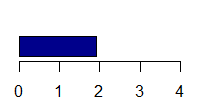 |
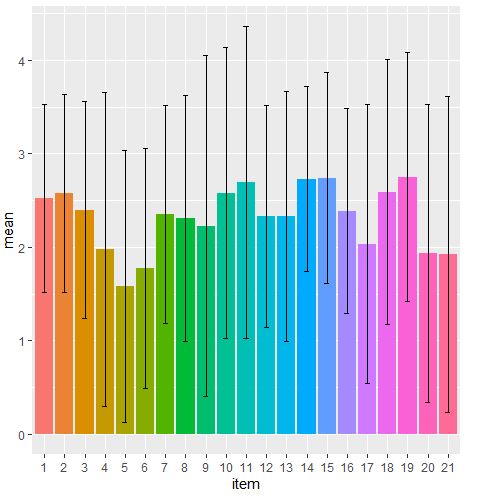
A larger sample is required to make statistical inferences, but we can already say that at least 88 researchers are not satisfied with the machine readability of articles, the availability of interactive content, and the availability of additional materials in their domains. These aspects are core aims of the Open Research Knowledge Graph project, which develops novel methods of scholarly communication based on a structured description of research contributions in an interlinked knowledge graph. You can find more information about the ORKG at https://orkg.org/ and in the blog post Organizing the World’s Scientific Knowledge.

